John Hurrell – 15 December, 2010
The most interesting paintings use the furrows of a denim material reminiscent of needlecord. The fabric is put onto stretchers and aligned so that the grain is at an angle, and the diagonal texture used as a structuring device. The less chromatically complex ones with raw optical fields are quite intimate. Their scale is nicely compact and the width of the pale tones determined by the narrow brush-head.
Andrew Barber is well known for his elegant imaginary landscapes, oil painted on linen, made with wide housepainter’s brushes, and in his last show - held at his studio a year ago - he also revealed an interest in tartan. Both sorts are present again here at Hopkinson Cundy, Auckland’s newest gallery, but looking at the range, there’s no middle size: either three whopper paintings that could function as walls or ceilings (ie. part of the architecture), or eleven much smaller works that hang conventionally on walls.
The larger paintings cut abruptly into real space, or hover like a menacing Serra attached to the ceiling above the visitors’ heads, tucked inside a square of four fluorescent tubes fitted in for the new gallery. These monsters chomp into your visual field disrupting squares lined up on distant walls. Some have amusing titles, like the Swandri lumberjack check called Stiff Blanket (butch) that dominates the space. It’s somewhat overpowering.
The single landscape work, just inside the door, is typically seductive in the blurry Barber manner. It’s so huge it just squeezes under the light, and you feel you want to walk through the canvas towards the hazy horizon line and belt of distant trees. Yet it is the only figurative work here.
The most interesting paintings in this show in my view are related to early Stella. They use the furrows of a denim material reminiscent of needlecord where the fabric is put onto stretchers and aligned so that the grain is at an angle, and the diagonal texture used as a structuring device. The less chromatically complex ones intrigue for the raw optical fields are quite intimate, yet with a direct flickering sensation from the parallel lines. Their scale is nicely compact and the width of the pale tones determined by the narrow brush-head.
The other smaller works use an Albers-like square format and evanescent silverleaf that darkens or lightens as you move around it. Despite the unstable reflections of the silverfoil, these works are visually balanced: wooden frames and reversed stretchers set within wooden frames. That makes them too settled, too perfect in their organisation, whereas the diagonal denim works, they have an appealing tension that makes them much more interesting. Because of their sloping lopsided vector, there is an implied teetering, an odd sense of unease - a subtle sense that they are restless, may become crooked and topple over.
John Hurrell
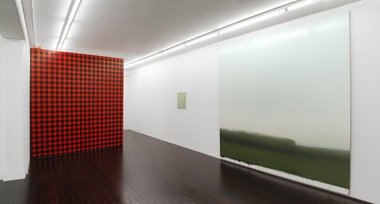



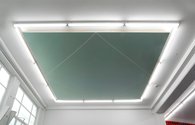
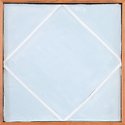
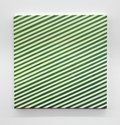
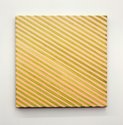
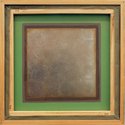
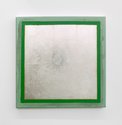
 Two Rooms presents a program of residencies and projects
Two Rooms presents a program of residencies and projects Advertising in this column
Advertising in this column



This Discussion has 0 comments.
Comment
Participate
Register to Participate.
Sign in
Sign in to an existing account.